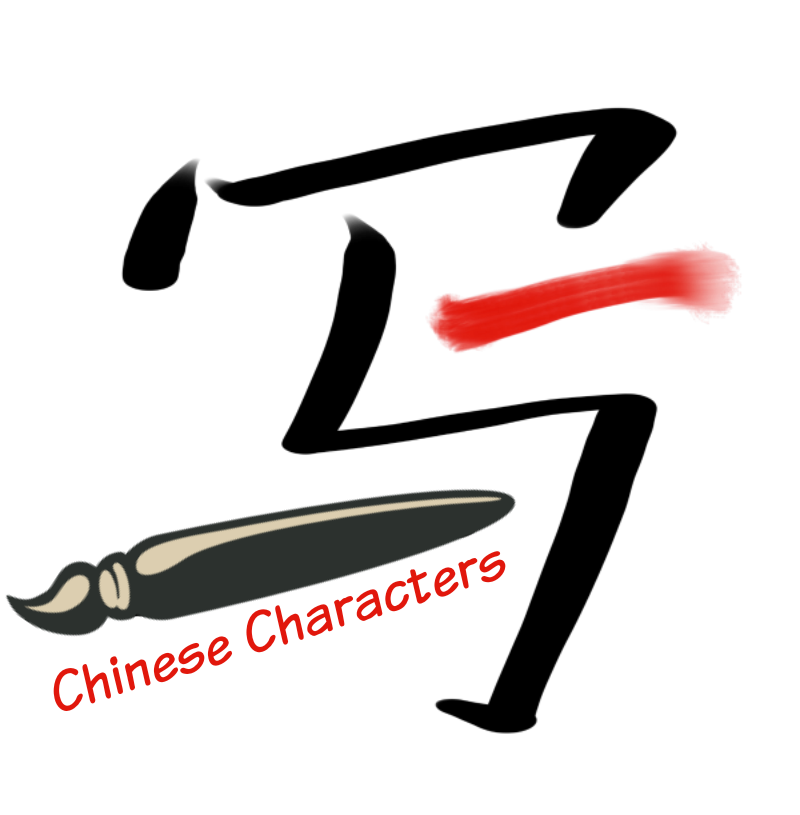 Want to meet the most difficult Chinese character? Follow me!
Want to meet the most difficult Chinese character? Follow me!
As an English speaker, you must feel so overwhelmed by the complex appearance of Chinese characters! I also believe that is why so many westerners are fascinated by Chinese Calligraphy. It’s the complicity; it is the difficulty; it’s the speechless beauty.
I’ve always encountered this questions when it comes to teaching Chinese Character course to my students: What is the most difficult Chinese character to write? Isn’t that interesting? No matter how old my students are, they have asked the same question again and again! I guess it is human nature to know the extreme scenario, the most challenging part of any process.
Well, to be honest, I didn’t know the answer! So I did some research. Here is the answer to all the curious souls out there!
Most Difficult Chinese Characters-The Unknown Winner|Biáng
You might know the simplest character is 一 yī (one), a single stroke written from left to right. Basically, it is just a horizontal line. In contrast, the most complex character is biáng (as in the picture above), is made up of 57 strokes(we call lines in Chinese characters strokes). This character appears in the written form of biángbiáng miàn, which is a kind of Chinese noodles, a dish of wide, flat noodles popular in the Chinese province of Shaanxi (North of China).
This complex beauty includes many simple individual characters such as 月yuè=moon,长 cháng=long,马mǎ=horse,言yán=speech,心xīn=heart and some extra basic radicals(see pictures below).The key to master how to write complex Chinese characters like this is to deconstruct them into mini pieces! Most likely, you will find some simple ones you have learned, then start from there. Don’t be intimidated by the look, take one stroke at a time, one “building block character” at a time. These are the simple characters included in this complex monster!





This character is like a ghost, almost most Chinese don’t know its existence including me! The character is not found in Chinese dictionaries, and its origin seems to hard to figure out. Even the sound biáng is not a syllable in Standard Mandarin. This PinYin combination literally doesn’t exist, but people do make it the onomatopoeia for the sound of Chinese noodles slapping on the table as they are being made, or for the lip-smacking sound of people contentedly munching on them. Of course, they are just theories. You can think of your own. Some people just think that the owner of a noodle restaurant made it up.
Please watch the video to see how complex it is to write this most difficult Chinese Character in the Chinese language. It took me a while to complete! Seems like a marathon of writing Chinese characters, but I finished it! Yeah!
The Most Difficult Chinese Character-The Official Winner: nàng


As for characters that do exist in modern dictionaries, the #1 complexity warrior seems to be nàng, a 36-stroke character referring to the sound your voice makes through a stuffed up nose. This winner includes a few individual simpler Chinese characters too. The left part is 鼻bí=nose, the right part is 囊náng=sak. I know they seem pretty hard to write themselves too, but it is still easier to separate the 2 parts and practice and memorize this way.

The Most Difficult Chinese Character-The Obsolete Winner: zhé
If obsolete Chinese characters count, then one could make it for zhé, a Chinese character of 64 strokes, that, appropriately enough, meant “verbose.” Basically, it includes 4 characters that are exactly the same. It writes 龙lóng, which means dragons.So if you know how to write dragon, you got the whole “verbose”!


Now it is your turn to take the challenge! Take out your pen and paper to write this most complex Chinese character. Let me know how it went! Looking forward to hearing from you.

If you like it, please like the video and subscribe my VIP list to learn more about Chinese characters!
Live, Love, Learn!
XoXo
Lei





Recent Comments